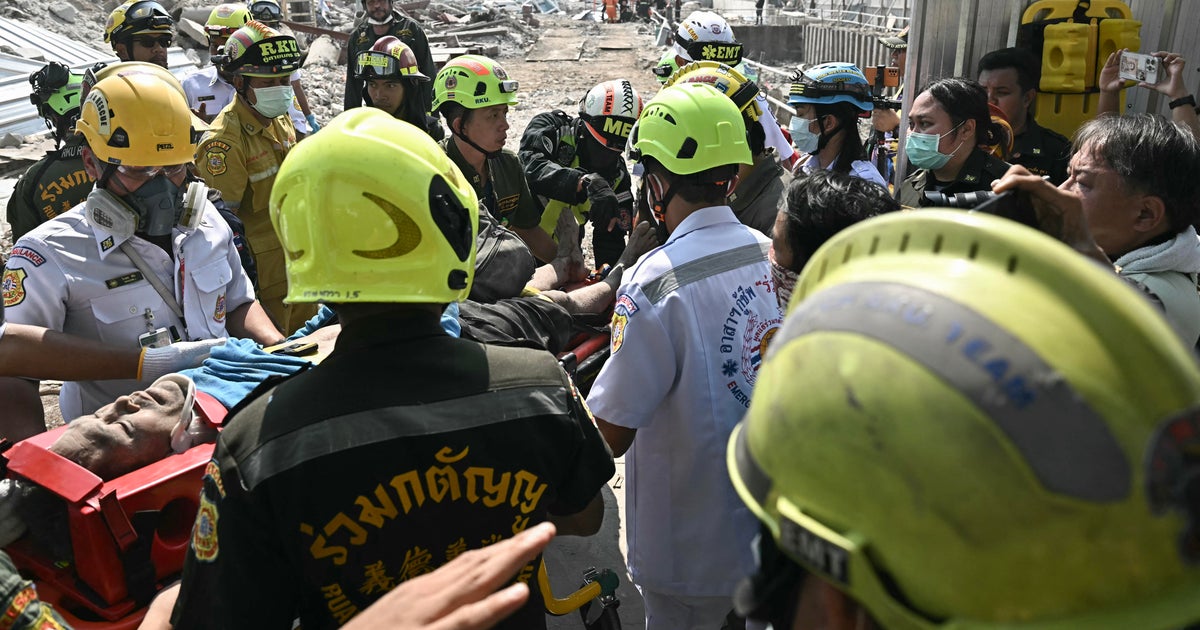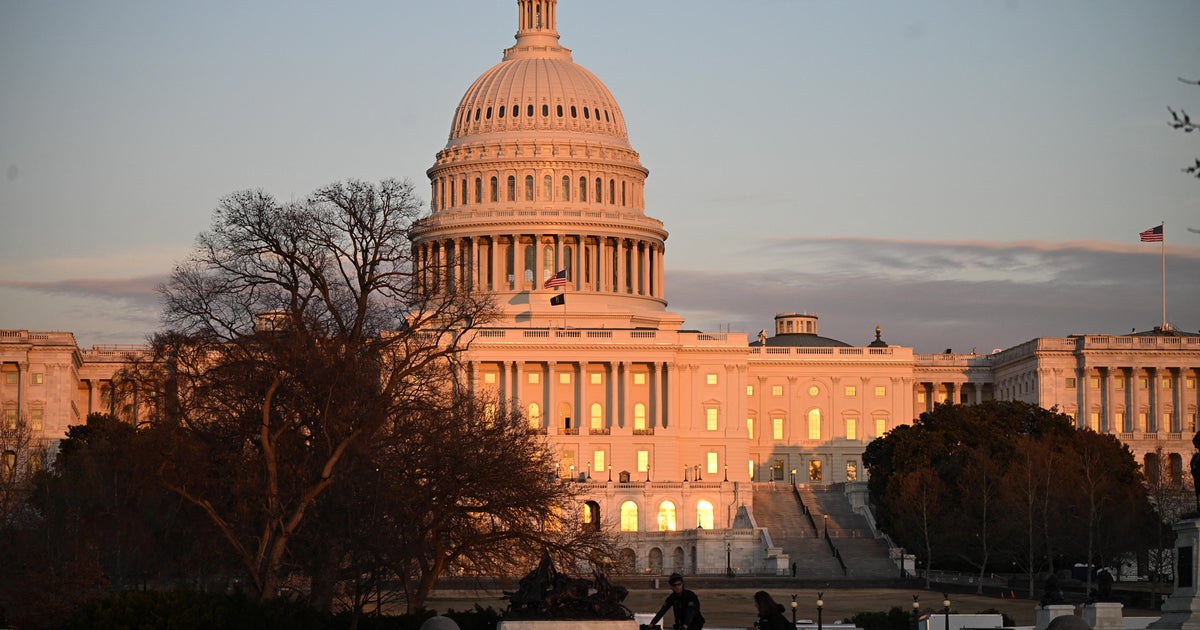Worst appears over for Puerto Rico as Tropical Storm Karen heads north
San Juan, Puerto Rico — Authorities in Puerto Rico and the U.S. Virgin Islands reported limited power outages, flooding and landslides as Tropical Storm Karen swirled away from the northeast Caribbean early Wednesday.
Forecasters cautioned that more rain was in store for the region through the day but it was forecast to dissipate by Thursday as Karen headed north. The U.S. National Hurricane Center said Karen is expected to stay well east of the Bahamas, which Hurricane Dorian pummeled earlier this month.
Crews temporarily closed some coastal roads in southeastern Puerto Rico that became flooded after Karen hit Tuesday, leaving up to 29,000 customers without power at one point. An island-wide outage was reported in neighboring St. Thomas Tuesday morning, followed by smaller outages in the afternoon.
As of 5 a.m. EDT Wednesday, Karen's core was about 155 miles north-northeast of San Juan, heading north at a brisk 14 mph clip. It had maximum sustained winds of 45 mph.
Karen was just the latest challenge from Mother Nature for Puerto Rico.
As the storm approached late Monday, people were shaken from their beds by a magnitude 6.0 earthquake that hit 49 miles off the island's northwest coast, at a shallow depth of 6 miles. Three aftershocks followed in less than an hour, with magnitudes of 4.7, 4.6 and 4.6. Experts say the aftershocks could continue for a week - some may not be felt.
No significant damage was reported, said Carlos Acevedo, director of Puerto Rico's emergency management agency.
The island is still recovering from Hurricane Maria, which hit as a Category 4 storm two years ago and is estimated to have caused more than $100 billion in damage. More than 25,000 homes still have blue tarps for roofs and the island's electric grid remains unstable.
Meanwhile, Lorenzo became the fifth Atlantic hurricane of the season and was projected to become a major hurricane by the end of the week, although it wasn't expected to affect the Caribbean. It was centered about 640 miles southwest of the southernmost Cape Verde Islands and had maximum sustained winds of 80 mph. It was heading west-northwest at 17 mph.





